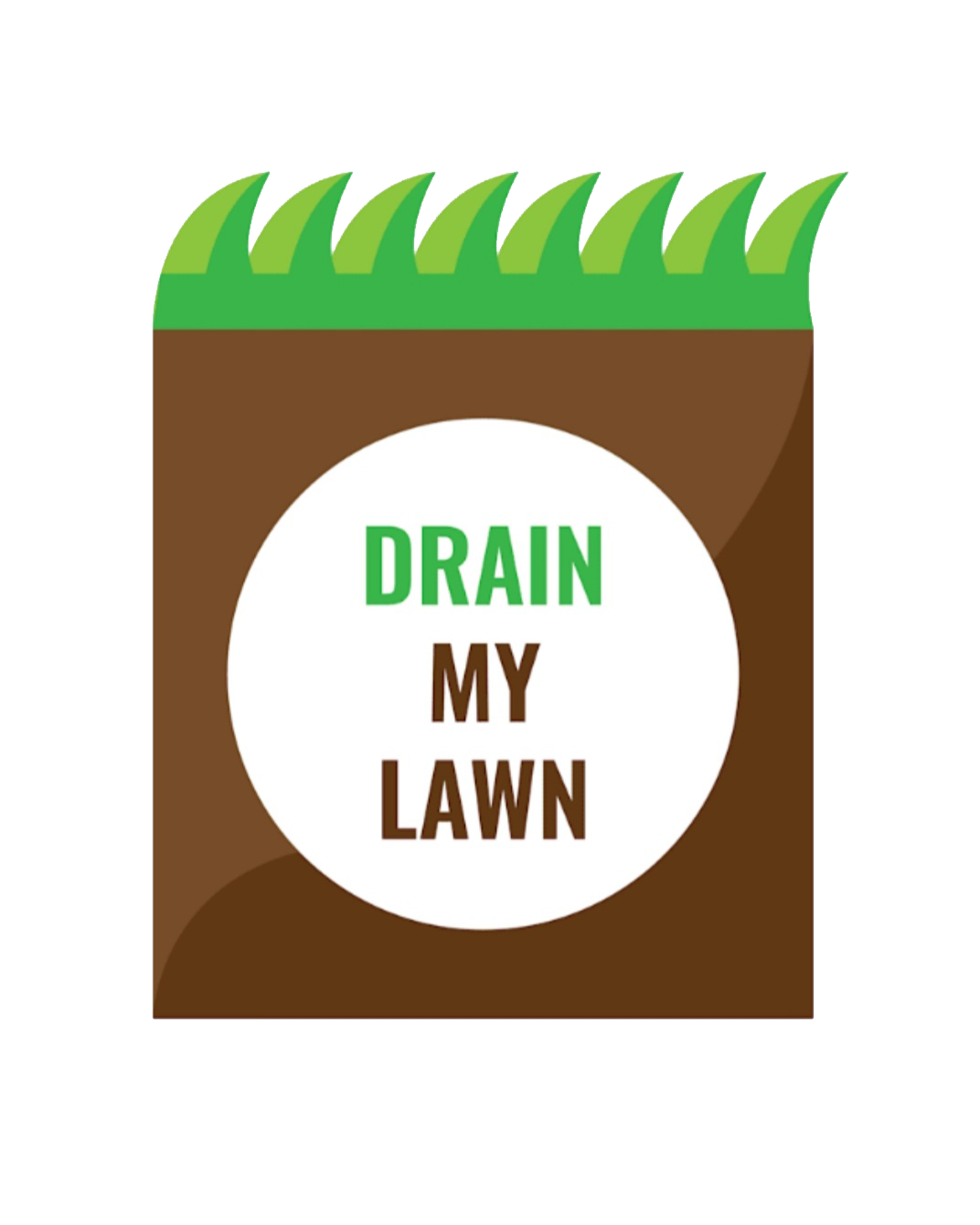How to Handle Debris-Covered Catch Basins After a Heavy Storm in Charlotte, NC
We’ve all been there. A heavy storm hits, and suddenly, your yard drainage system seems overwhelmed. But before you panic, it’s important to know that this isn’t necessarily a sign of failure in your drainage system—especially when it comes to your catch basins. Let’s break down what’s happening and how you can resolve it.
Why Do Catch Basins Get Covered After a Storm?
During heavy rainfall, debris such as straw, leaves, and sediment can be swept across your yard and onto your catch basins. This debris can cover the grates of the catch basin, blocking water from flowing in as it should. But here's the key thing: this doesn’t mean your drainage system has failed. It’s just what happens during intense storms.
Catch basins are designed to capture stormwater runoff and direct it into your drainage system, keeping it away from your foundation or low spots in your yard. However, when debris covers the grate, water can no longer enter the system as efficiently, causing temporary pooling.
The Simple Fix: Uncover and Clean Your Catch Basins
After a storm, it’s important to inspect your catch basins and uncover any debris that may have accumulated. Here’s what to do:
Check for Debris: Look at the surface of the catch basin. Is there straw, leaves, or sediment blocking the grate? If so, that’s your first issue.
Remove the Debris: Carefully remove the debris by hand or with a rake. Once the surface is clear, water should flow into the basin as intended. Make sure to clear the area around the basin as well to prevent more debris from covering it.
Clear Out the Sediment: In some cases, sediment can settle at the bottom of the catch basin over time, blocking water flow through the drainage pipes. You’ll want to remove this sediment buildup to ensure smooth drainage. This is a simple process: remove the grate, clean out the sediment, and replace the grate.
Keep an Eye on It: After clearing the debris, monitor the area to ensure water is flowing properly into the catch basin. If you notice the same issue recurring after future storms, you may want to consider additional preventive measures like installing a sediment trap or using gutter guards to reduce the amount of debris in the first place.
Why This Is Not a Drainage Failure
It’s important to understand that a covered catch basin doesn’t indicate that your French drain or overall drainage system has failed. In fact, your system is still doing its job—directing water away from your home. The issue here is simply that debris temporarily blocked the flow of water into the catch basin.
In most cases, as soon as you remove the blockage, water will start flowing into the system as it should. This is a normal occurrence during heavy storms, and nothing to panic about.
Maintenance is Key
Routine maintenance of your catch basins is the best way to ensure they continue to function properly. After every heavy storm, take a few minutes to inspect the area and clear any debris. Keeping your basins free of blockages will prevent larger issues like yard flooding or damage to your home’s foundation.
In Conclusion:
Catch basins are a critical part of your yard drainage system, but they can easily become covered with debris after a storm. This doesn’t mean your system is failing—it just means it’s time for a little cleanup. By regularly clearing away sediment and debris, you can keep your drainage system functioning smoothly, protecting your yard and home from water damage.
Have you dealt with a debris-covered catch basin after a storm? Let us know in the comments how you handled it or if you have any additional tips!

